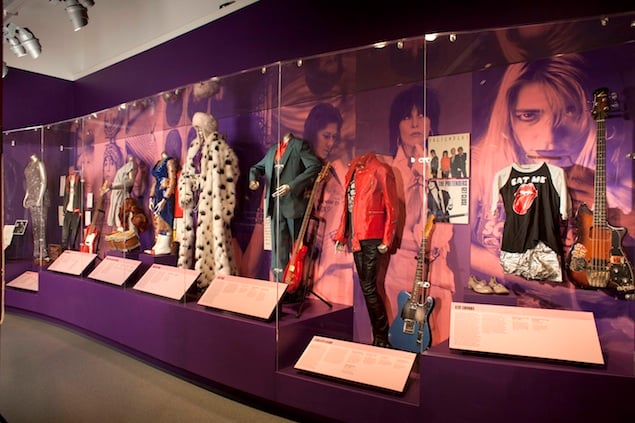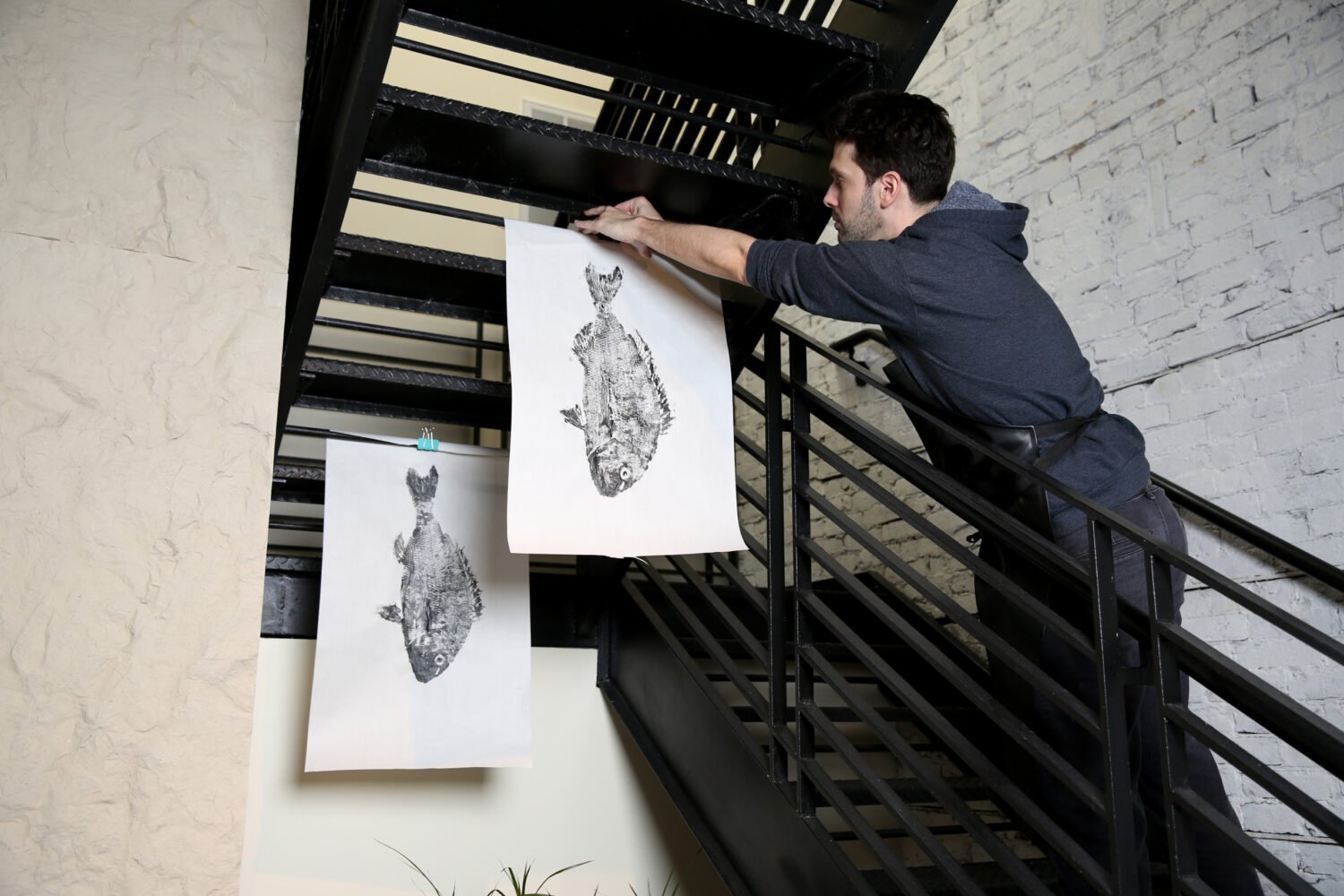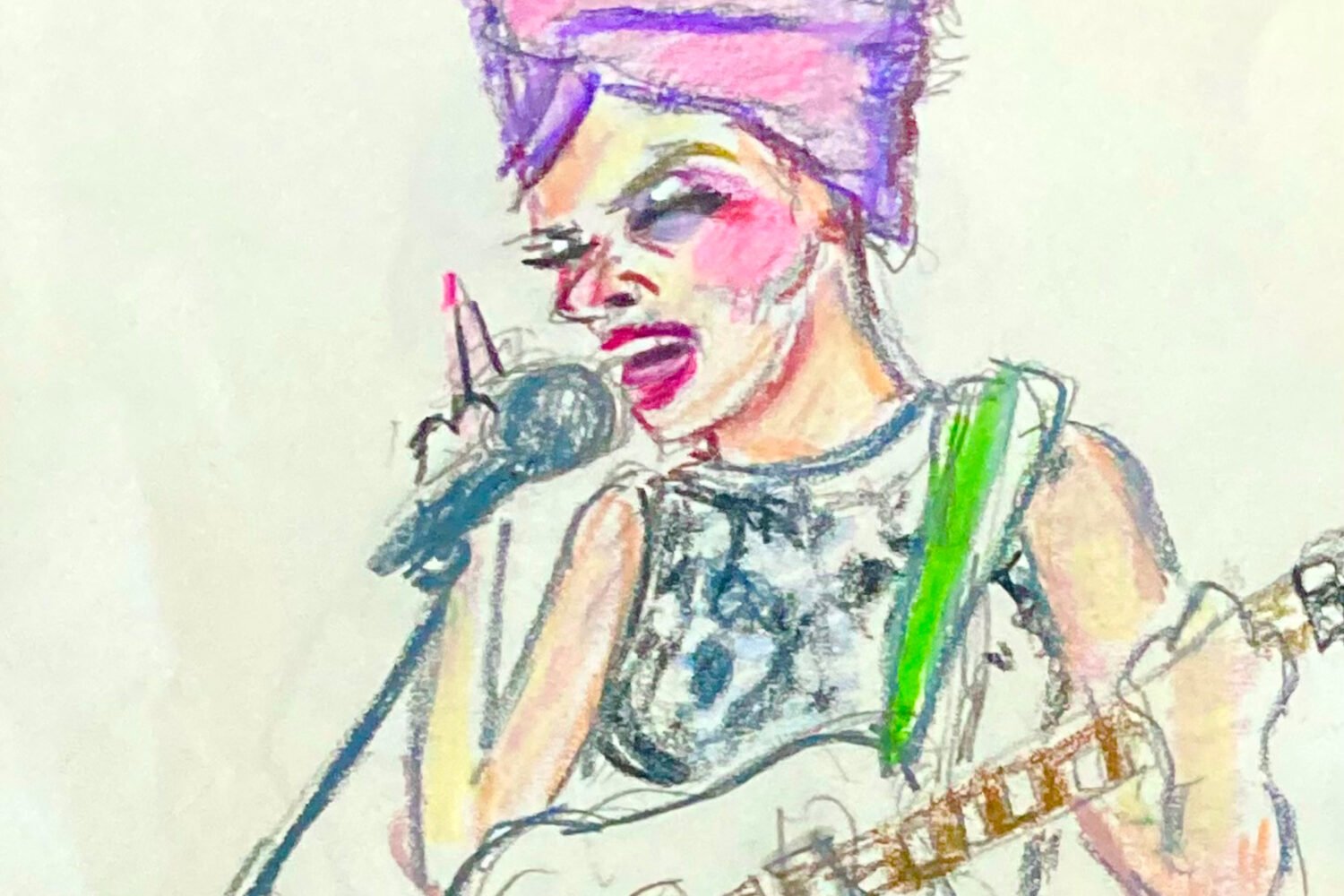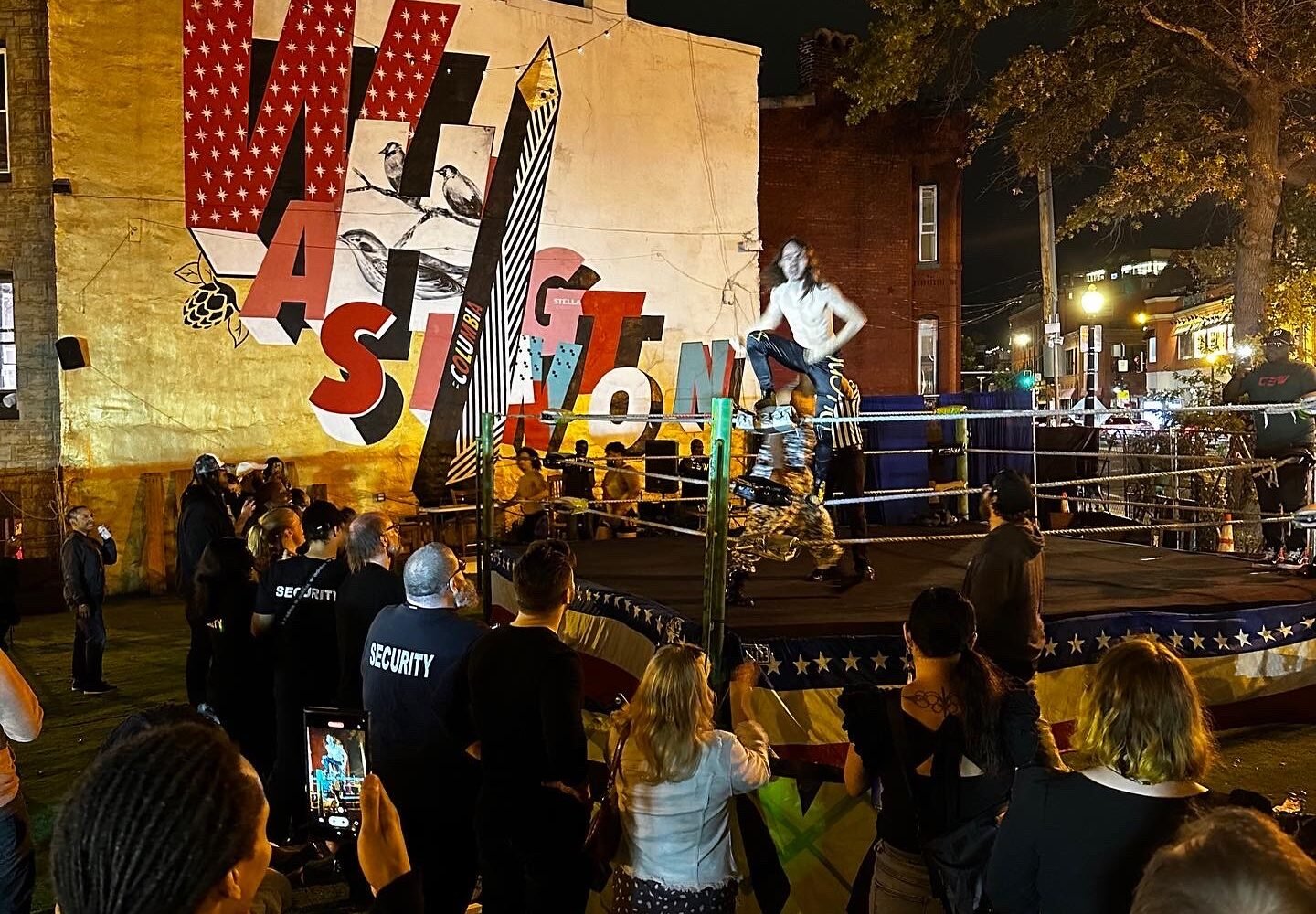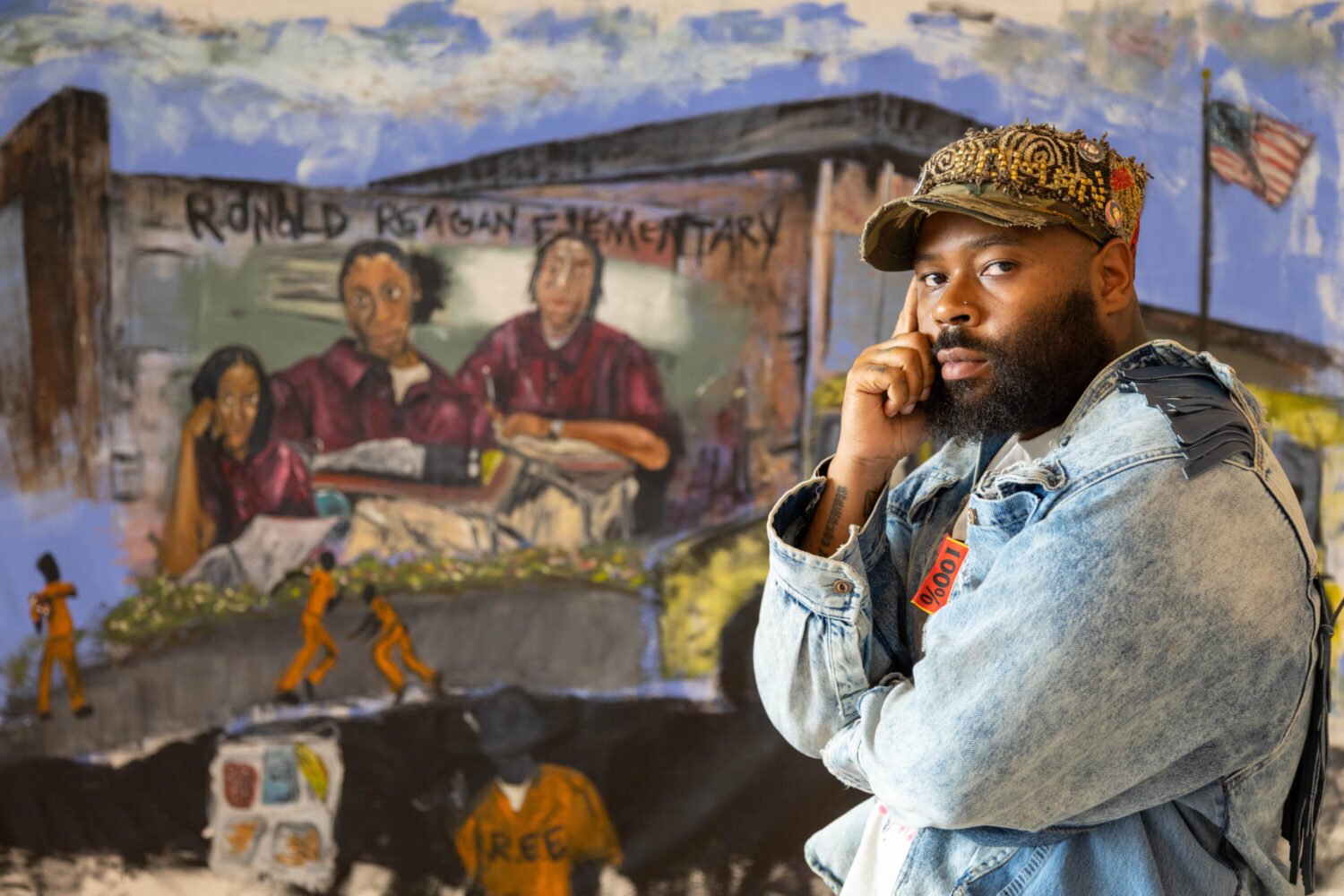When it comes to curating any major exhibition, there are more than a few roadblocks
to consider. Rock and Roll Hall of Fame assistant curator
Meredith Rutledge encountered an unusual set of problems in 2010 when she tried to go about borrowing
the meat dress Lady Gaga wore
to the VMAs for a new show celebrating female rock musicians.
Gaga and her team agreed, but they hoped it would be allowed to rot as a part of the
exhibit—something Rutledge wasn’t too keen on. The crew didn’t know they had to shape
the dress over a mannequin, so it dried in the wrong shape. A taxidermist hired to
preserve it did so with formaldehyde, but the dress—made out of Argentinian steak—went
from looking like prime red meat to brown beef jerky. Eventually the dress was painted
a vibrant shade of red to more closely resemble its original look. “There’s less marbling
now,” jokes Rutledge. “It’s a much less tender cut.”
The meat dress currently hangs in a case as one of the star items in “Women Who Rock:
Vision, Passion, Power,” a vibrant new exhibit at the National Museum of Women in
the Arts. The show is timed to coincide with the second half of the museum’s 25th
anniversary year, in stark contrast to its predecessor—an elegant exhibition of 18th-
and 19th-century French paintings borrowed from the Louvre. “Women Who Rock” is a
much more contemporary show, but it’s no less detailed: Rutledge has collected a fascinating
trove of artifacts and memorabilia from 70 artists from rock history, from Billie
Holiday’s fox-fur stole to Janelle Monae’s tuxedo jacket.
Inevitably, as with most collections related to iconic women, the stars of the exhibition
are the clothes, although Rutledge tried hard to gather items that show the women
featured were far more than clotheshorses, including a set of lyrics written by Janis
Joplin (the writing smudged with what looks like whiskey, tears, or both); Ruth Brown’s
Tony Award for
Black and Blue; and Aretha Franklin’s daybook, complete with musings on her upcoming contract negotiations
with Arista Records. There are also instruments galore, from Patti Smith’s clarinet
to Bonnie Raitt’s guitar.
But somehow it’s the clothes that most effectively capture the spirit of the women
who wore them. Joplin is most frequently thought of as an extremely talented train
wreck, but the presence of a dress with intricate beading she stitched herself gives
some idea of the person behind the performer. Cher’s Native American outfit with a
six-foot headdress is typical of the artist—full of bravado, feathers, and over-the-top
stage presence.
The artist also known as Our Lady of Gaga has a few other relics in the show, including
a turquoise sequined jacket with outrageous shoulder padding and the piano on which
a young Stefani Germanotta first discovered playing music. There’s also the iconic
gold Dolce & Gabbana cone dress Gaga’s predecessor Madonna once wore, as well as Chrissie
Hynde’s signature red leather jacket.
The artists who declined to lend items, or who couldn’t otherwise be represented,
are present in musical form—through videos screened on the wall, or record covers
studded throughout the show. And the exhibition is careful to set its items in historical
context, so directly across from a Siouxsie Sioux outfit are plaques noting that in
the 1980s, Geraldine Ferraro was the first woman nominated on a presidential ticket
and Sandra Day O’Connor was the first woman to be appointed to the Supreme Court.
It’s details like these that help underline how much women rock musicians helped break
boundaries, and continue to do so.
Rutledge admits that the Rock and Roll Hall of Fame is still largely dominated by
male artists. “It’s a constant . . . I don’t want to say battle. Challenge,” she says.
“It takes a while to change very engrained ideas of what rock and roll is, and who
creates it. We just have to keep pushing.”
“Women Who Rock: Vision, Passion, Power” is at the National Museum of Women in the
Arts from September 7 through January 6. For more information, visit the museum’s
website.

